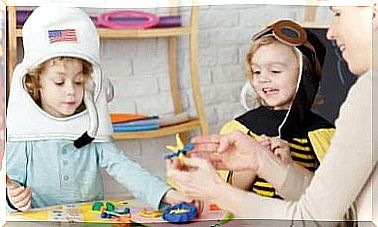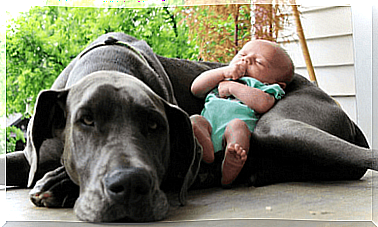3 Activities To Prevent Bullying
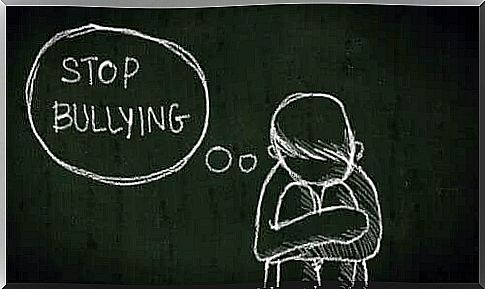
Students spend a large part of the school day inside the classroom. Therefore, it is fundamental to work to prevent bullying in this context. Based on this, we have compiled a list of three group activities that can help prevent bullying .
It is necessary to work hard to tackle the problem of bullying in school. When bullying does not take place, there is a greater chance that all kinds of students can develop their social skills and learning skills successfully.
Classroom activities can prevent bullying
Schools play a fundamental role in intervention and prevention when it comes to tackling bullying. Therefore, it is important that schools carry out activities that fulfill the purpose of reducing or eliminating cases of bullying in school. After all, prevention is the first step in eradicating this social and academic problem.
We show you three group activities that can be of great help.
3 activities that can help prevent bullying
Agree on the rules of coexistence to prevent bullying
This group activity will:
- Encourage group cohesion.
- Encourage a good climate for academic coexistence.
- Create reflection on the behavior at school.
- Establish group obligations and individual obligations to comply with the rules.
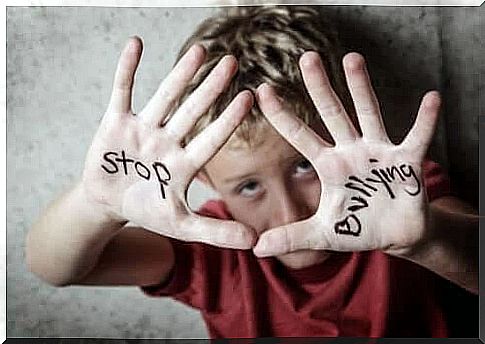
To perform this activity, the teacher must do the following:
1. Ask the children to brainstorm and come up with rules to be applied in the classroom throughout the year. Have them share ideas with the rest of the class.
2. Write their ideas on the board.
Give each student a piece of paper. Ask them to write down the rules of coexistence that they think are best.
4. Hold a poll and choose the 10 most popular rules for coexistence.
5. Write the rules on a large poster and hang it somewhere in the classroom where all students can see it.
An exercise to get to know similarities and differences
Often small groups or cliques form inside the classroom. When this happens, a strong bond develops between them, but it also means that they do not get to know their other classmates.
The purpose of this activity is therefore that all students in the class should get to know each other so that one can maximize cohesion and group identity. The purpose of the activity is as follows:
- Getting to know each other better.
- To encourage cooperation and group cohesion.
- To be aware of the meaning of one’s own feelings as well as the feelings of others.
- To be aware of diversity.
To perform the activity, do the following:
1. The teacher should give each student a piece of paper in which they should answer questions about their personal interests and preferences.
2. Divide the class into small groups so that they can find answers they have in common without any students being “disqualified”.
Give each group a poster. On the one hand, they must write down the interests and preferences they have in common. On the other hand, they should note their differences.
4. Read the answers on the posters aloud, without telling which group they belong to. In doing so , students should try to guess which group the answers belong to.
Presentation of the concept of bullying
Today, it is common for students to hear the word “bullying” from the media, from adults and from their peers. And even though they are aware that bullying exists in a broad sense, they do not necessarily have a clear understanding of what it really is.
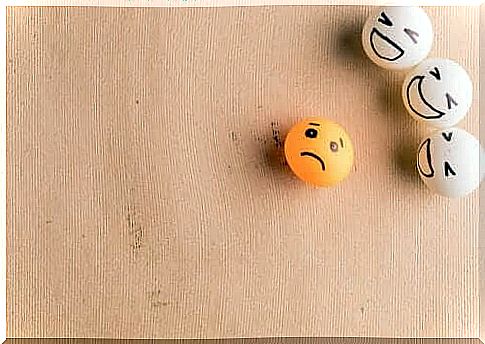
This activity helps students understand what bullying really is. If you want to prevent bullying, then after all you first have to define what it is. The purpose of this group activity is:
- To provide students with information about the concept of ‘bullying’.
- Encouraging students to identify situations of bullying at school.
- To maximize collaboration.
The teacher must do the following to implement this activity:
Divide students into small groups and ask them to come up with their own definition of bullying.
2. Present their definitions to the rest of the class and write them on the board.
3. Create a common definition based on the ideas of the whole class.
4. If students have forgotten to mention important details about the concept, the teacher must complete the definition.
5. Write the agreed definition of bullying on a poster and hang the poster together with the class rules for coexistence.
6. Hand out small cards to all the students, which describe different situations. Have students decide if each situation on their card can be defined as bullying or not. This allows the teacher to find out if the students have understood the concept.

